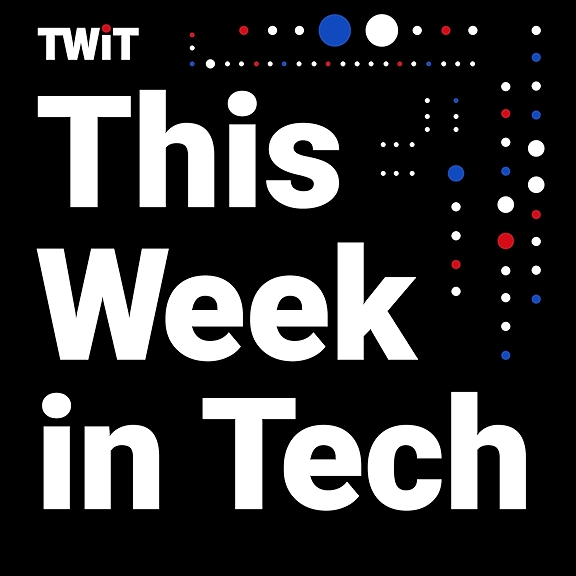
There are a lot of components that make up a computer. It’s amazing how the tiniest little chips can make the whole thing work. However, not many of us think about these today. We just expect our devices to work as they should. But did you know that only some decades ago, the innovations we enjoy today were essentially unthinkable? The pursuit of something better brought the tech space to where it is today.
In this episode, Renée James and Jon Gertner join us to talk about what silicon is used for in computer hardware. They break down the history of semiconductors and transistors. They also lay down the various experiments and breakthroughs that occurred before the conception of the industrial and consumer products we enjoy today.
If you want to know why and how silicon metal runs everything in tech, this episode is for you.
Episode Highlights
[01:18] A Little Girl’s Journey to the Computer Industry
- The CEO of semiconductor company Ampere Computing, Renée James, grew up alongside the computer industry.
- Her exposure to tech began with her father, who used to work at HP. He built computers and motherboards.
- Renée went on to a storied career at Intel. Now, she leads her own semiconductor company.
- The material that has stayed constant throughout Renée’s career is silicon metal.
[03:10] What Silicon Metal Is
- Silicon metal is the hard, brittle crystalline semiconductor that makes up transistors. These, in turn, make up chips, which make up computers.
- In essence, what silicon metal is used for, is computers.
- Silicon metal production began before the 70s and 80s. It inspired the name Silicon Valley.
[03:28] Bell Labs and AT&T
- Silicon metal started with Bell Labs, a company named after Alexander Graham Bell.
- Bell Labs produced the American Telephone and Telegraph (AT&T) Company. The company later monopolized the telephone service in the US.
- AT&T created an R&D development laboratory in 1925 called the Bell Telephone Laboratories. It started as a means to create a national phone system.
- The lab's monopoly was critical to its long-term growth and success. It allowed them to plan for innovations around communications.
[05:24] Inventing Innovative Technologies
- Bell Labs produced technology not so much because they had great ideas, but because they had problems to solve. They had to create a national communication system from scratch.
- Switching centers in the 1930s contained enormous banks of switches that connected people to each other.
- The idea of the transistor was to use a new material without moving parts.
- The transistor is the building block of all electronic products. It's an amplifier and switch that replaced vacuum tubes and electromechanical relays.
Jon Gertner: “It made everything smaller, it made it faster, and it made it better.”
- The material that would make transistors work is silicon metal.
[07:40] Semiconductors
- A material that would become critical for transistors is semiconductors.




















